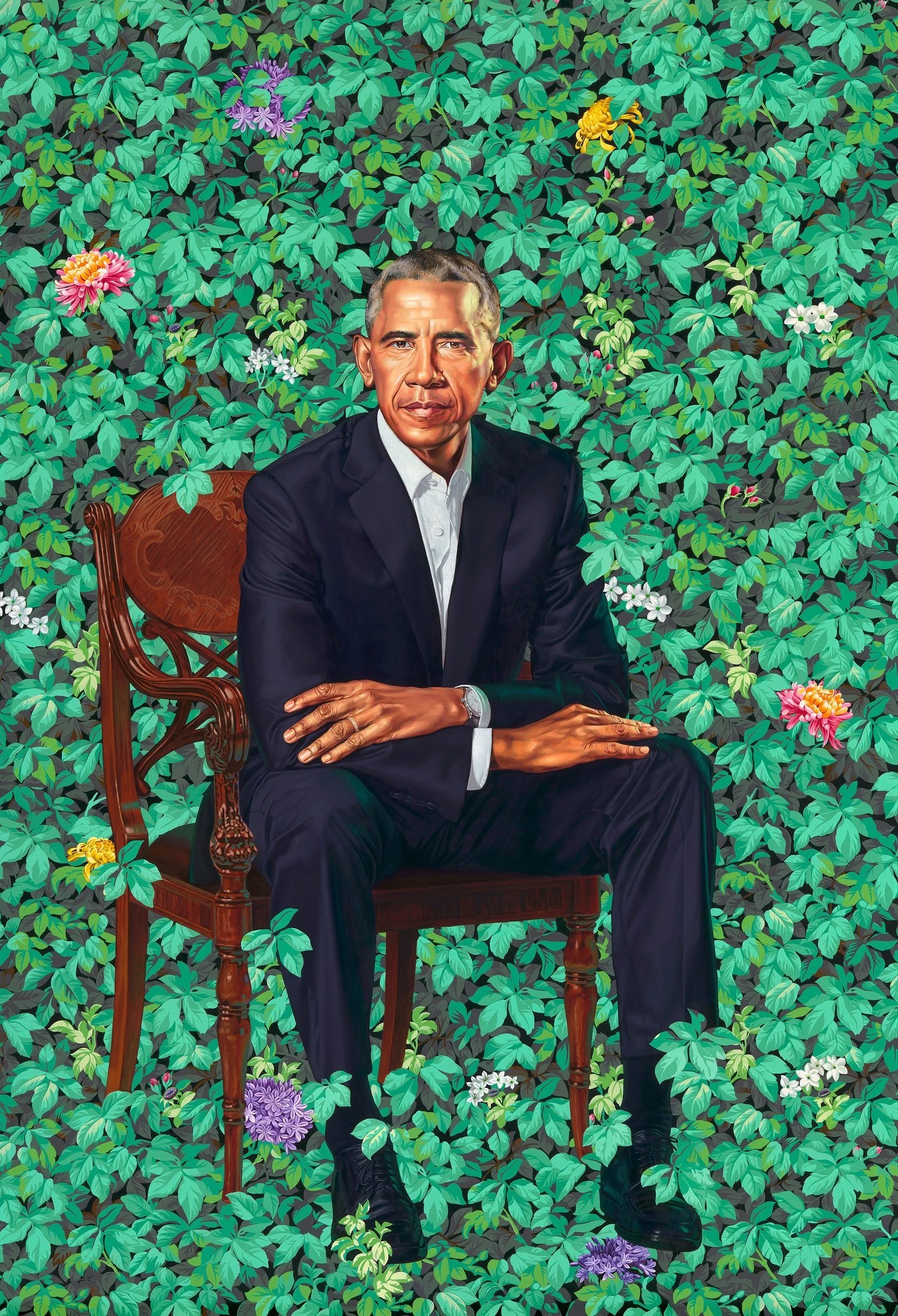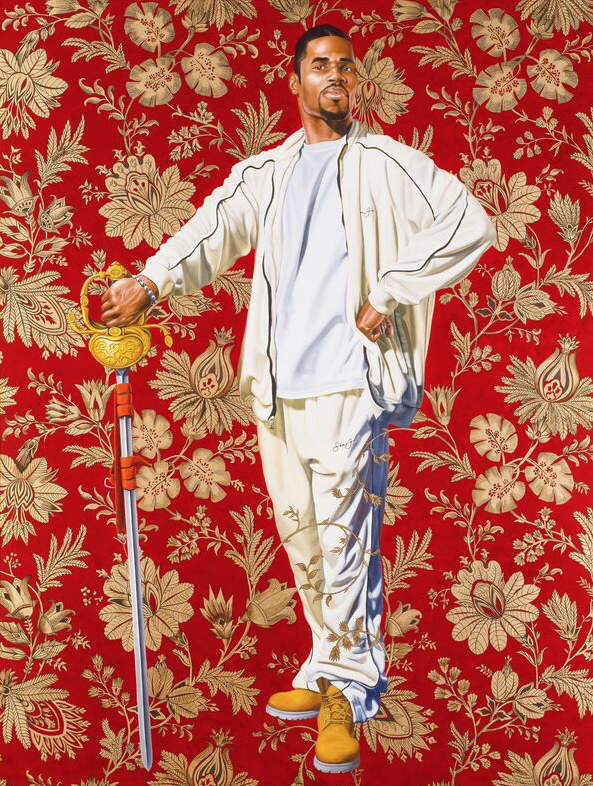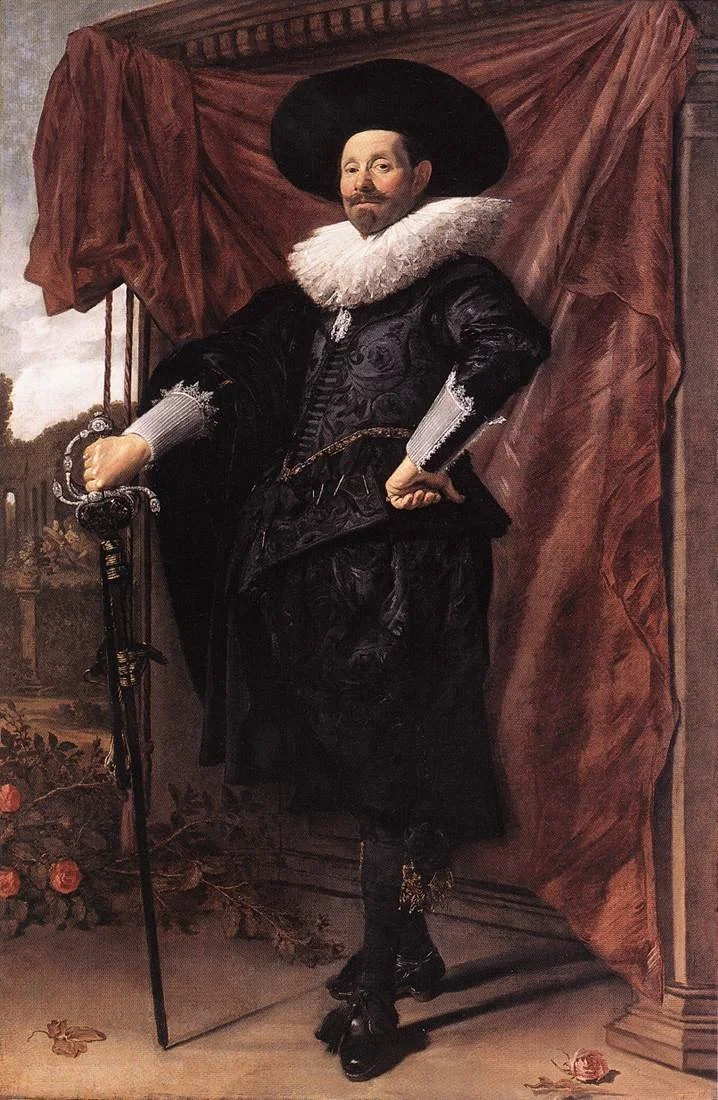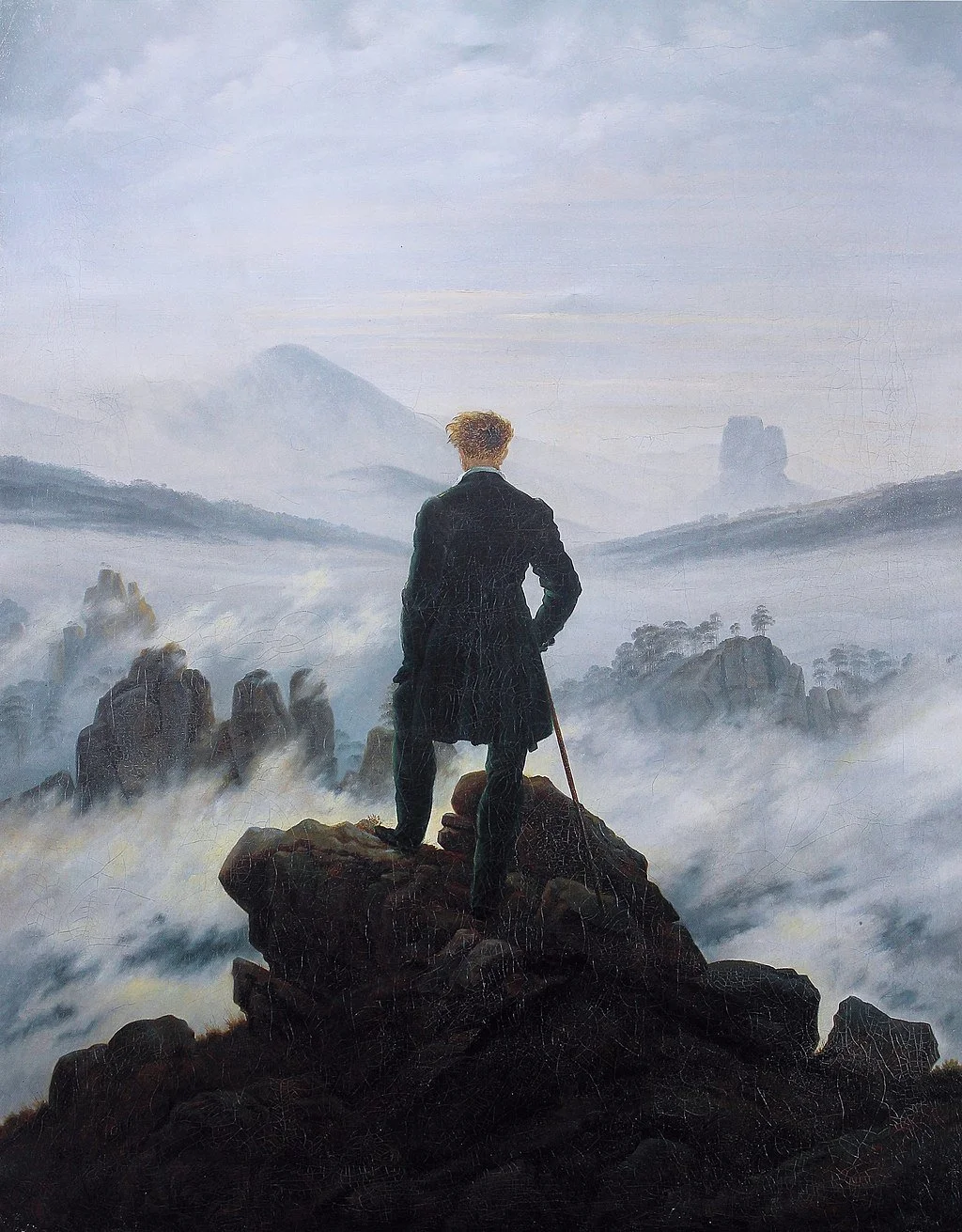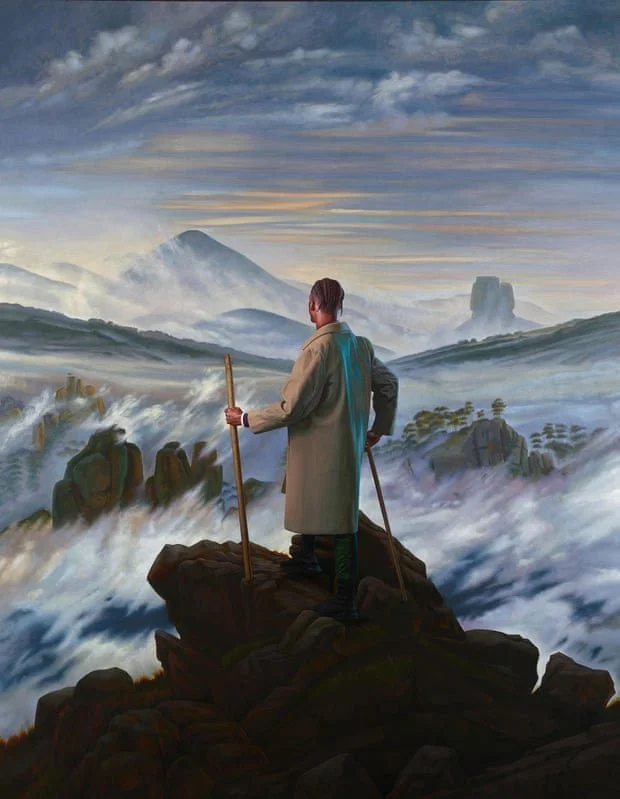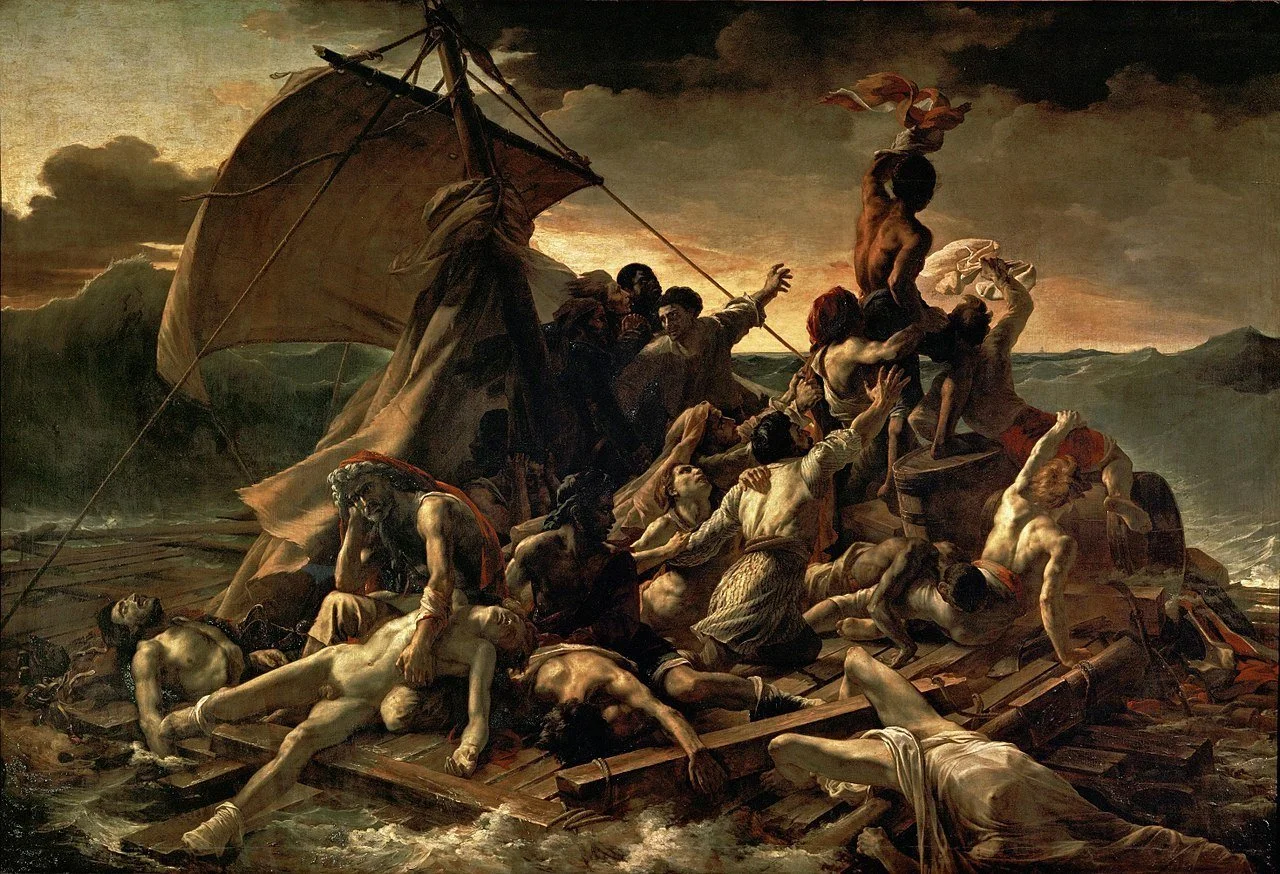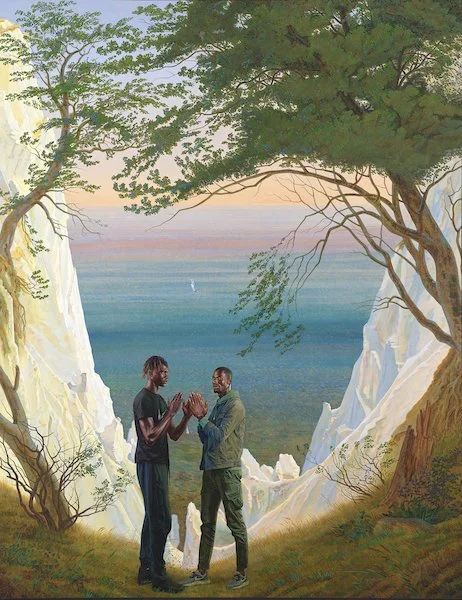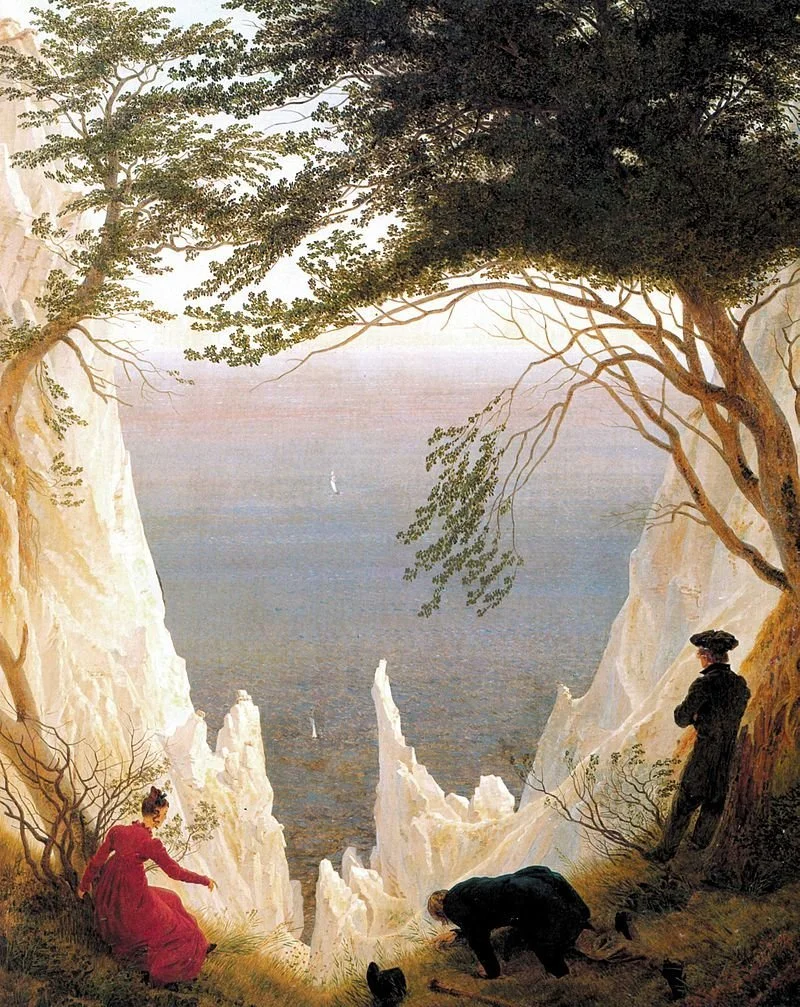Kehinde Wiley at London’s National Gallery
Kehinde Wiley, Detail of Barack Obama, 2018, oil on canvas, 213.7 x 147cm, National Portrait Gallery, Washington DC (Image: New Yorker)
A new exhibition in The National Gallery, London, marks the contemporary American artist Kehinde Wiley’s first collaboration with a major British gallery. The exhibition, ‘The Prelude’, presents Wiley’s own re-imagination of the Romantic landscape canon through new cinematic and painted artworks. As Christine Riding, head of the National Gallery’s curatorial department, explains: ‘[Wiley] draws out complex historical and contemporary issues - race, gender, identity, climate - with such power and poignancy, while giving us the opportunity to look afresh at the gallery’s celebrated paintings’. The exhibition marks a shift in Wiley’s focus, from one European tradition (canonical Grand Manner portraiture) to another (Romantic landscape painting).
Although Wiley is probably best known for his 2018 portraits of Barack and Michelle Obama, most of his subjects are ordinary Black sitters - from a range of social and ethnic backgrounds - who assume the poses of historical, religious or mythological figures in canonical European portraiture. Often, his sitters pick their poses from art history books; for example, the male sitter in Willem Van Heythusysen (2005) chose to adopt the self-possessed pose seen in the eponymous 16th-century Dutch painting by Frans Hals.
Kehinde Wiley, Willem Van Heythuysen, 2005, oil and enamel on canvas, 243.8 x 182.9 cm, Brooklyn Museum, Brooklyn (Image: Artsy)
Frans Hals, Willem Van Heythuysen, 1625, oil on canvas, 204.5 x 134.5 cm, Alte Pinakothek, Munich (Image: Wikipedia)
Despite looking back at Old Master paintings, Wiley never shies away from the contemporaneity of his sitters. They are depicted in their own clothes (many with modern brands) and hairstyles. As Wiley puts it, ‘the flashy attire and display of ‘material consumption’ evident in hip-hop culture’ (Hero magazine) is in many ways a contemporary equivalent of the grandeur of wealthy sitters depicted in Old Master portraits. In Williem Van Heytheusyen, for example, Wiley re-creates the original painting’s pose ‘with the exception that there is a young man that I met in the streets of Brooklyn back in 2006… wearing a velour Sean John suit and a pair of Timberlands.’ Nonetheless, the sitter has ‘that same sense of regal hauteur’ and bravado.
The artist in which Wiley is currently most interested is undoubtedly Romantic landscape painter Caspar David Friedrich, as evident in the National Gallery exhibition. One painting on display there re-imagines the archetypal Romantic painting Wanderer Above The Sea Fog (ca. 1818) by Friedrich. Wiley’s painting - which is almost four metres high - depicts a young Senegalese man in a long overcoat, looking out over a misty mountain landscape. Although its connection to Friedrich’s image is immediately recognisable, here the landscape has an artificial, almost photoshopped quality to it, as if closer to a fantasy or dream. Yet as Wiley says in a brilliant recent interview with the Art Newspaper, we must remember that Friedrich ‘was decidedly inventing the landscape as much as he was jotting it down.’
Caspar David Friedrich, Wanderer Above The Sea Fog, ca. 1818, oil on canvas, 94.8 x 74.8cm, Hamburger Kunsthalle, Germany (Image: Wikipedia)
Kehinde Wiley, Prelude (Babacar Mané), 2021, oil on linen (Image: Guardian)
Similarly, in another painting based loosely around Théodore Géricault’s 1818-19 The Raft of Medusa, six Black sitters scream from a wooden boat (with a tree growing from its centre) among a storm-tossed sea. Despite his photorealist painting technique, Wiley clearly has no concern with being realistic; the scene is unapologetically constructed, from the dramatic poses of each sitter to the dream-like surroundings. Such artificiality may seem jarring when compared to the soft, bucolic landscapes in most Romantic landscape paintings. However, it is precisely the artificiality of Wiley’s paintings which forces viewers to consider art as a construction, and to look afresh at canonical European paintings with this in mind. Rather than approaching pre-modern artistic depictions as if they represented inherent truths, Wiley invites us to consider such images as representations of constructed systems of European wealth and power. Indeed, Wiley has noted how his mother’s interest in languages allowed him ‘to understand both language and art as a series of systems that can be understood and dismantled.’ Thus the artificiality of his own paintings allows viewers to look more critically at the bucolic landscapes of Romantic landscape paintings, raising uncomfortable questions about ownership of both land and art over time.
Théodore Géricault, The Raft of the Medusa, ca. 1818-19, oil on canvas, 490 x 716cm, Louvre, Paris (Image: Wikipedia)
Kehinde Wiley, Ship of Fools II, 2021, oil on linen, (Image: Guardian)
Wiley’s backgrounds also play a significant role in re-imagining Old Master paintings. Always brilliantly coloured, Wiley paints backgrounds which range from realistic foliage and plants, to William Morris-esque botanical patterns (Wiley exhibited at the William Morris Gallery in 2020). Each background varies for each sitter, and often presents personalised visual information to viewers. For example, in Wiley’s portrait of Barack Obama, the foliage background includes chrysanthemums (the official flower of Chicago), jasmine (symbolising Hawaii, where Obama spent his childhood) and African blue lilies (an allusion to Obama’s Kenyan father). Although the colours and vibrancy can seem garishly modern, the floral backgrounds also make many art historical references; from the Rococo style to Islamic art and African cloth paintings.
The inclusion of natural - and fantastical - imagery helps Wiley to emphasise the simultaneous strength and fragility of nature. The backgrounds to his portraits have been doing this for years, but in his shift to landscape painting in ‘The Prelude’, these questions are raised even more explicitly. Wiley explains that his latest works help us to ask ‘Do we want to hold nature at arm’s length?’, inviting us to think about nature ‘as something a lot more fragile ‘[and] a lot more vulnerable.’ Wiley seems to harness and update the Romantic view of nature as representing human morality.
Kehinde Wiley, Prelude (Ibrahima Ndiaye and El Hadji Malick Gueye), 2021, oil on linen (Image: The Arts Desk)
Caspar David Friedrich, Chalk Cliffs on Rügen, 1818, oil on canvas, 90.5 x 71 cm, Kunst Museum Winterthur, Switzerland (Image: Wikipedia)
The Prelude will be running until 18 April 2002 at The National Gallery, London. Find out more about the exhibition here.
(Written by Esme Garlake on behalf of Athena Art Foundation, January 2022)
